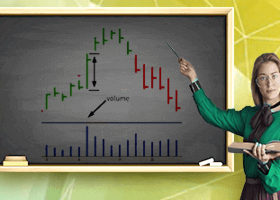
Morgan Stanley sees "full-house buy signal" in European stocks despite swings
European stocks fluctuated Wednesday, with investors wary of growth in China and a possible
U.S. interest-rate hike helped drive a selloff in the previous session.
The Stoxx Europe 600 fell 0.5% to 351.18, after rising as much as 0.8% in early trade. Only the technology, health care and industrial sectors were registering gains.
Spain’s IBEX 35 IBEX led decliners among European indexes, losing 0.83% to 9,911.90. In it, Telefonica SA shares dropped 2.9% as RBC cut its rating on the telecommunications company to underperform from outperform.
Global equities fell on Tuesday, as weaker-than-expected factory activity data from China and mixed manufacturing readings from the eurozone underscored concerns about global growth.
U.S. stock futures were higher Wednesday, indicating U.S. stocks are set for a comeback after their rout Tuesday. Also on investors’ minds were comments from a Federal Reserve member that kept alive talk of a U.S. rate increase later this month.
European investors will watch for any comments about growth prospects from the European Central Bank on Thursday.
Germany’s DAX 30 index pared its earnings gained earlier in the session to 4 points at 10,020.03. France’s CAC 40 index swung lower by 0.32% to 4,529.22.
The FTSE 100 turned down 0.23% to 6,043.70, with energy stocks under
pressure as oil prices dropped more than 2%. Oil major Royal Dutch Shell
PLC was down 1.2%.
Despite recent fluctuations in markets, Morgan Stanley said in a note that its market-timing indicators are giving a “full-house buy signal” in European stocks, meaning all five components indicators are now in buy territory. The bank said the full-house buying signal is the first seen since January 2009.
The analysts at Morgan Stanley said they view “the recent volatility in equities as a stock market event rather than providing an accurate reflection of the economic outlook.”


